BLOG #119 12/15/2015
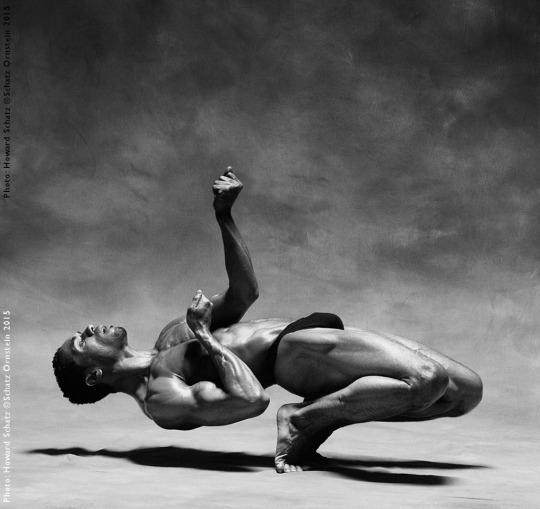
Aside from my personal interest in dance, I have for years worked with dancers as models because they are so remarkable physically and also because they can do almost anything I ask of them.
This is Richard Witter, a marvelous dancer who performed for many years with the Alvin Ailey American Dance Theater and Dance Theater Of Harlem. I asked him to slowly bend backward, I then made the photograph in the split second before he fell. He did it so easily that it was only “interesting”, not wonderful. So I said, “Richard, this needs to show the great energy you use to do this; it needs to look as difficult as it really is. I want your image to POP!” He did it again; he bent back slowly and then suddenly, he acutely contracted and flexed his upper body and arms as if he were holding an invisible rope that was jerking him upward. I could “hear” the snap.
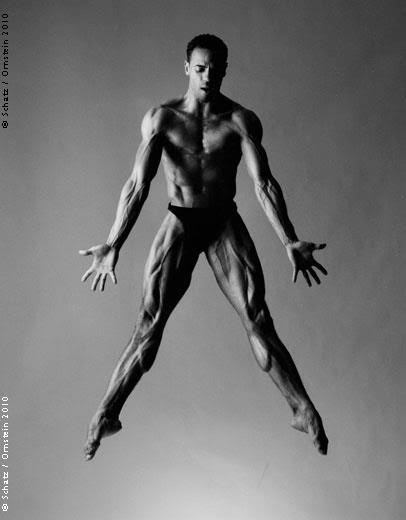
Also Richard Witter. I had him leap a few dozen times until my direction
(“Richard, contract every muscle, severely!) came through.
I explain to every dancer that dance has movement, depth and sound. A photograph is frozen still, flat (two-dimensional) and silent. A photograph can not possibly compete with dance. It needs to be something entirely different. The challenge for photographer and dancer is to bring the photographic moment to life so that the image pops off the page. The dancer must perform for the camera, for that “moment!” rather than for the movement. Over-the-top, explosive energy is necessary to portray, illustrate and represent the power and grace that is the dancer’s art.
Can you hear my primary direction in each of these?
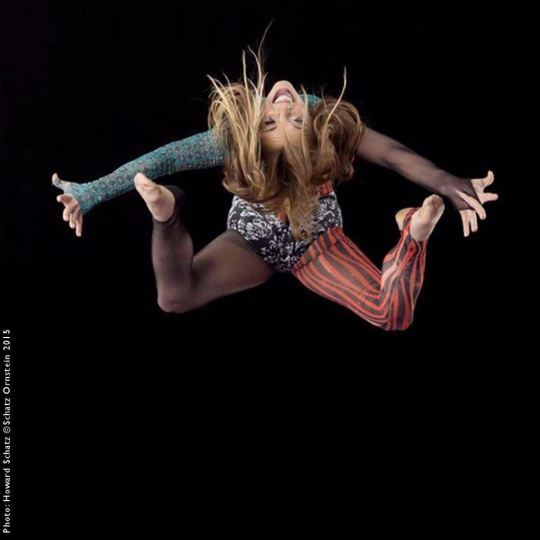

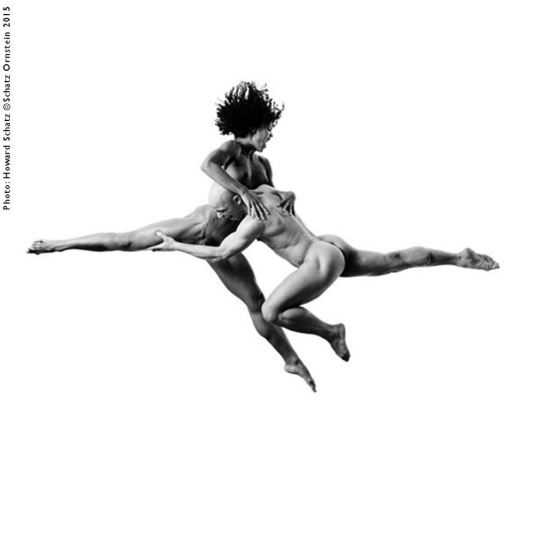
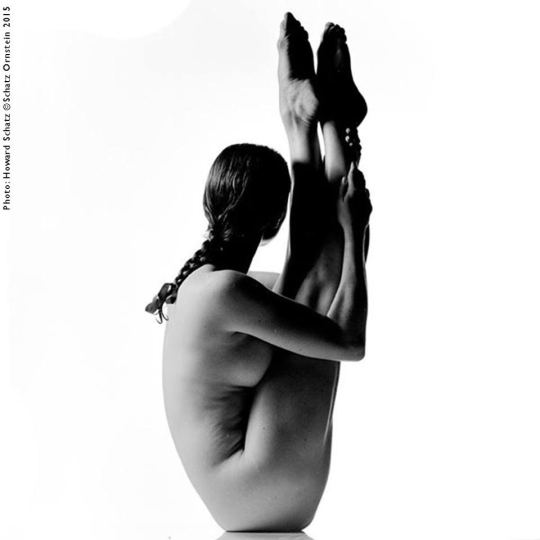
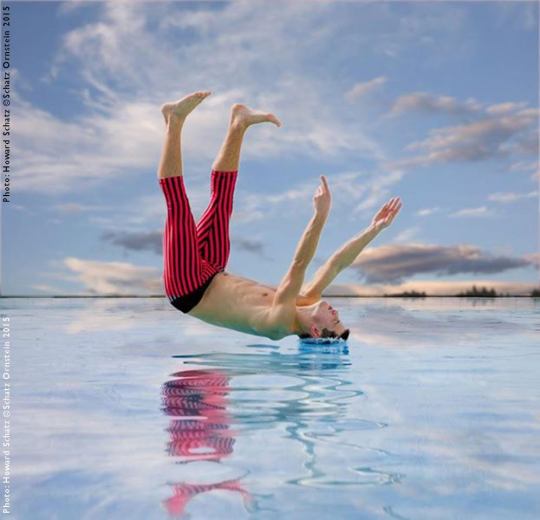
Comments are welcome.
To be notified with the latest blog posts, you can sign up here
I encourage you to share this with others